kkamin
TPF Noob!
- Joined
- Aug 25, 2009
- Messages
- 515
- Reaction score
- 17
- Location
- Minneapolis
- Website
- www.kevinkaminphoto.com
- Can others edit my Photos
- Photos OK to edit
Hello,
I understand that RGB is an additive process (emitted light) that combines red, green and blue to produce a wide gamut of colors.
I understand that printing uses a subtractive process (reflected light) that uses CMYK: cyan, magenta, yellow and black to produce a wide gamut of colors.
------------------------------------------------------------------------
ok,
now why...
do painters use red, yellow and blue? I'm not so much concerned about them using yellow instead of green, but why are they using additive colors when clearly they are in a subtractive color medium.
The color spectrum is made up of red, yellow, orange, green, blue and violet. Where did cyan and magenta go? wtf is up with orange? What is happening?
In Kelvin scale we use for color balancing, what colors are contained within the 'cool' and 'warm' color temperature casts? When I am in Adobe Camera Raw, I am given two sets of sliders to correct the white balance. One controls the color temperature. The other a GREEN and MAGENTA cast. Does the Kelvin color temperature slider contain red and cyan as well as blue and yellow? For example, if I shoot at 8000K under 5500K lights, what warmer colors am I introducing into the image? Is it yellow and red?
Thanks for reading.
I understand that RGB is an additive process (emitted light) that combines red, green and blue to produce a wide gamut of colors.
I understand that printing uses a subtractive process (reflected light) that uses CMYK: cyan, magenta, yellow and black to produce a wide gamut of colors.
------------------------------------------------------------------------
ok,
now why...
do painters use red, yellow and blue? I'm not so much concerned about them using yellow instead of green, but why are they using additive colors when clearly they are in a subtractive color medium.
The color spectrum is made up of red, yellow, orange, green, blue and violet. Where did cyan and magenta go? wtf is up with orange? What is happening?
In Kelvin scale we use for color balancing, what colors are contained within the 'cool' and 'warm' color temperature casts? When I am in Adobe Camera Raw, I am given two sets of sliders to correct the white balance. One controls the color temperature. The other a GREEN and MAGENTA cast. Does the Kelvin color temperature slider contain red and cyan as well as blue and yellow? For example, if I shoot at 8000K under 5500K lights, what warmer colors am I introducing into the image? Is it yellow and red?
Thanks for reading.


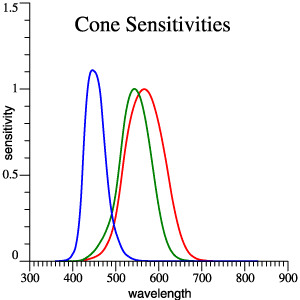
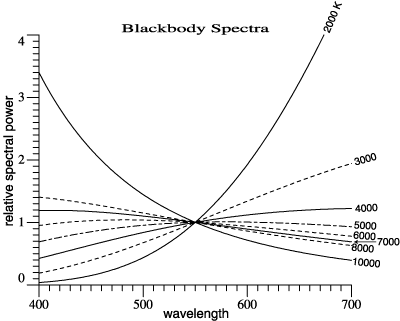
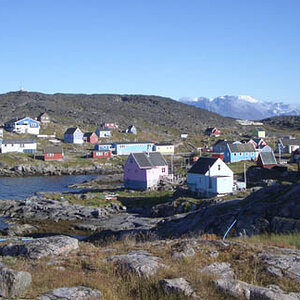
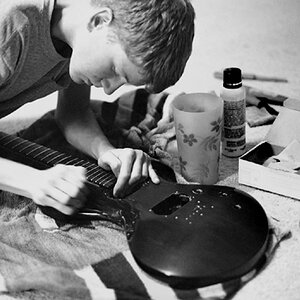
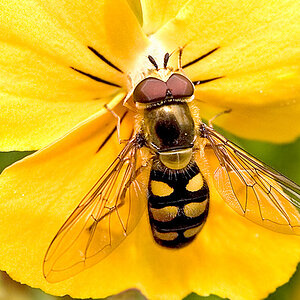

![[No title]](/data/xfmg/thumbnail/32/32706-50b778fbc110c8ea4472547d54c6a923.jpg?1619735610)
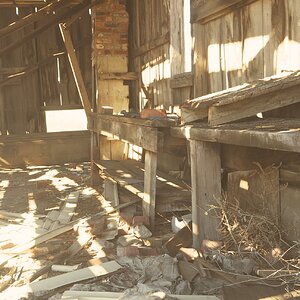
![[No title]](/data/xfmg/thumbnail/32/32705-430f9656769ce9d03c57fbe11537d5f5.jpg?1619735608)
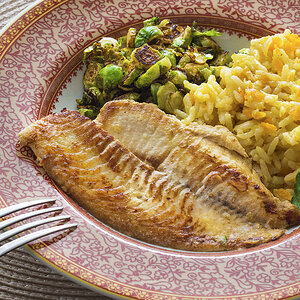
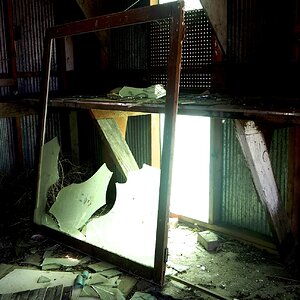
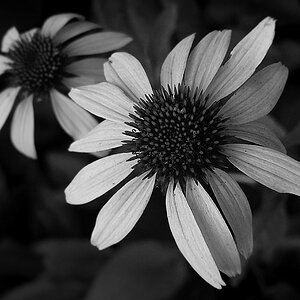
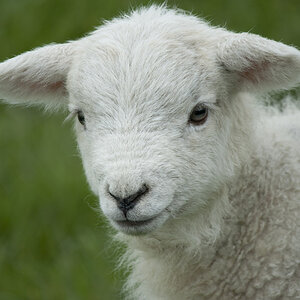
![[No title]](/data/xfmg/thumbnail/32/32709-80f0f0432fd5ec548a3efdb60ef77d46.jpg?1619735613)